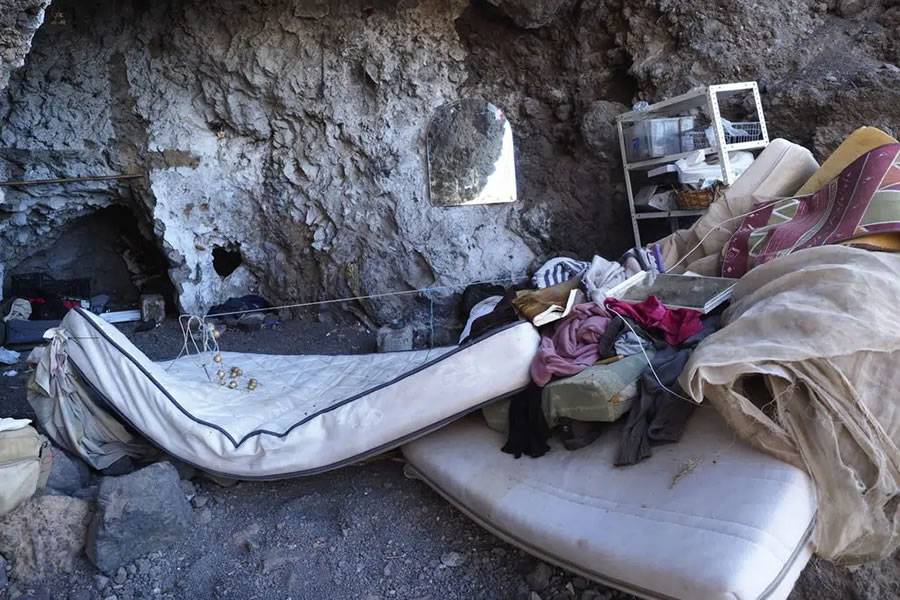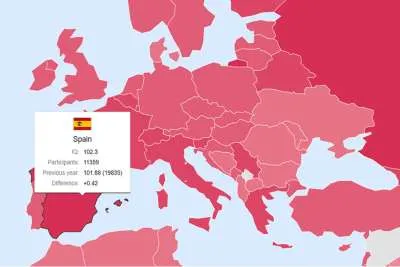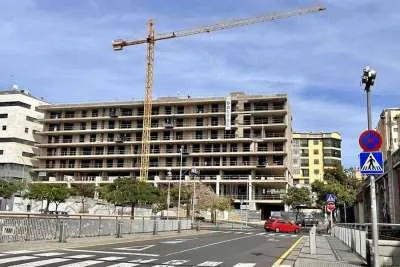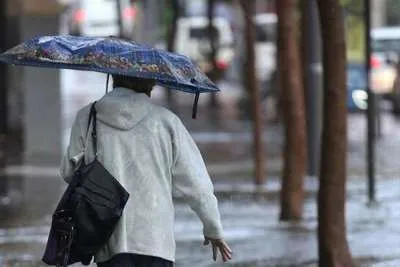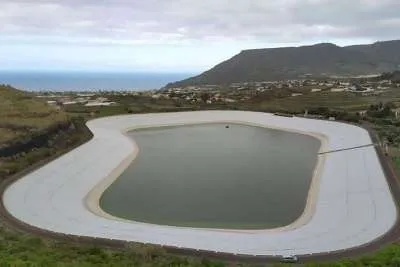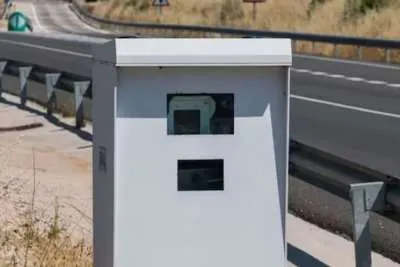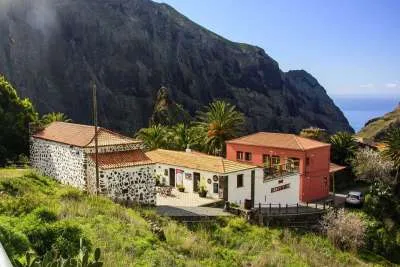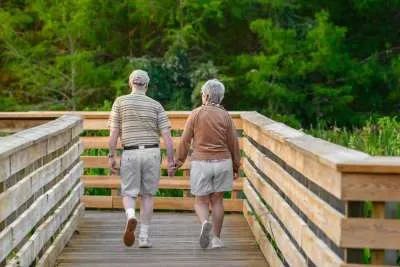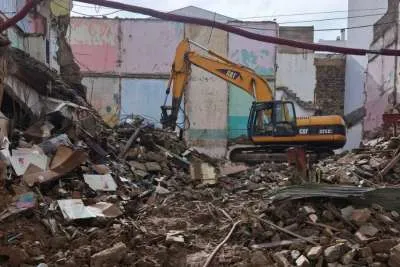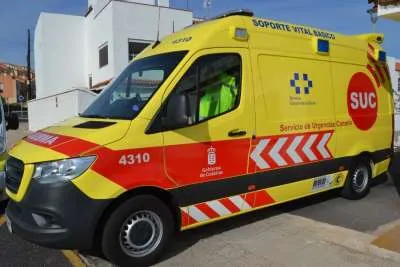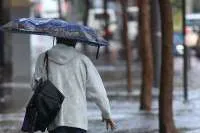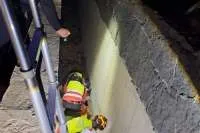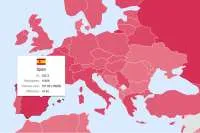1,800 homeless people are living on the streets, in caves and in shacks in Tenerife
- 08-05-2022
- Tenerife
- Canarian Weekly
Just over a week ago, the Adeje City Council ordered the eviction and removal of almost a hundred people who were settled in caves, shacks, and tents in the Agua ravine, also known as the Camino de la Virgen, which is a stone’s throw from tourist resorts in La Caleta.
As a result of this eviction, homeless charity Cáritas has sounded the alarm, recognizing that among these people there were thirty in a vulnerable situation.
It is one more situation contributing to the increase in homelessness that has been growing in the south Tenerife, especially in the municipalities of Adeje, Arona and Granadilla de Abona, since the pandemic began.
In their last report at the beginning of the year, Cáritas had 1,800 homeless people registered on the island, but according to José Antonio Díez, coordinator of the Cáritas Mobile Street Care Unit (UMAC), "in the next study that will be presented in June, we will see a considerable increase in these areas."
Díez explains that the UMAC is dedicated to caring for homeless people, who do not have a fixed residence, who live on the streets, in caves, in shacks, and especially in substandard housing that is falling apart. "They are usually sleeping in public spaces but some reach agreements with owners of abandoned buildings to survive," he says, “although most of these offer limited shelter, have no amenities, and in most cases are dangerous to stay in.”
People's perception is that these homeless are middle-aged with drink or drug problems, but Caritas say this is not the case. Díez says "we see people of all ages, some with children some whole families, and there are people up to 80 years old, although in the vast majority of cases they are single people.”
Caritas claim that the number of places offered in shelters and centres for the homeless, at both regional and national level, don’t cover even half of what is required. In the end, the problem is that we ask the person to leave their support or security network, and move to another municipality and start from scratch again, having to register to receive resources from Social Services.
Cáritas tries to support them, “but there is a serious problem of access to housing and the administrations do not collaborate as much as they should,” they said.
Díez said, "We are in negotiations with many municipalities to create day centres, where people can have wardrobes, showers, food, but these people also need to enter the rental market and what happens is that those who, for example, have a minimum pension of around 400 euros, don't have enough money to rent and prefer to live on the street, in a ravine, or in a cave”.
In this case, Cáritas is in talks with the municipalities of Adeje, Arona and Granadilla, which are ‘the most representative in the increase in demand’, to create these day centres or shelters.
Of the 1,800 homeless registered in the last report, the vast majority are still in the metropolitan area, between Santa Cruz and La Laguna, with more than a thousand, but in just six months, in Granadilla, Arona and Adeje the increase in homelessness has been very significant.
The majority of these are from abroad or from mainland Spain who by not having a support network here, particularly as a result of the pandemic, have fallen into a catch 22 situation. Having said that, there are also Canarian families who prefer to live in substandard housing rather than move to another municipality.


